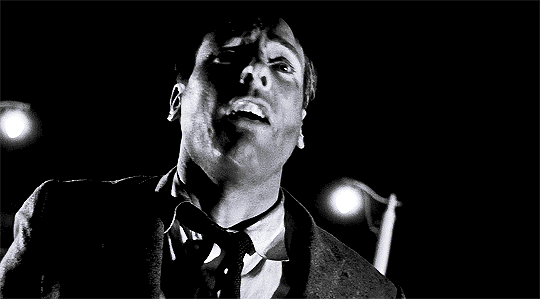One can achieve amazing things by properly training the body. But in fiction, it's possible to gain even greater ability through daily meditation and training the mind. The end result being, the characters condition themselves to exceed their …

tvtropes.org
The main features of Christian monastic life are prayers (frequently chanted) and scholarship (reading, writing, healing etc.), sometimes corporeal penance for some Orthodox monks (e.g. flagellants, heavy fasting, etc.). The main features of …

tvtropes.org
The Warrior Monk is a fighter defined by their faith, which serves as a weapon and armor the equal of any mundane wargear. He focuses his mind with sacred chants before the battle, quotes scripture while he smashes aside infidels, strikes with …

tvtropes.org
Also known as Xianxia ("Immortal Hero"), a Spirit Cultivation story is about characters with the ability to improve their own power through meditation and training, all with Wuxia-themed abilities and settings. Expect lots of Supernatural Martial …

tvtropes.org
The spirit of D&D is all groups and communities should be respected...
(but the vampires from Ixalan, these should be nuked or terminated for the Phyrexian invasion).
Can we use the term "silkpunk"? Would you rather the term "(martial) adept" or "initiated"?
Hasbro is interested into Asian market, and mainly China (if censorship allows it) and Japan. South-Kore is also in the list but not in the first place.
D&D is about to use your imagination to travel other worlds, even hellscapes as Ravenloft or Dark Sun. A Western player interested into a "silkpunk D&D" is not wrong, even this could be useful to build bridges between different cultures and fighting prejudices. And Asian companies should wellcome D&D because this could be useful to introduce their own IPs in the Western market.
D&D Monk is not realiste, either the roof-jumper wuxia, or shooter videogames where you are healed automatically touching a medical kit.
2023 D&D can't be like 1980 D&D because now lot of multiples sources have added their touch or influence to players' imagination
I miss the martial adepts from 3.5 Tome of Battle: Book of nine Swords. Some ideas were interesting, but the fight was slower and more complicated.
With the necessary respect, Asians don't share the same opinion about themself and neighbours. A point of view by a Asian native could be different from a Western foreigner living in that same country or an Asian descendent who live their first years in a Western-culture country.
I suspect WotC would rather to use "spirit points" instead ki or chi points. They don't want to use words too languange into certain languange.
Hercules&Xena also drank from some Asian influences, for example some fight scenes were based in movies from Hong-Kong. The version of Hercules played by Kevin Sorbo was a reimagined Western version of wuxia.
"Nobody is going to cook that recipe like your grandma in the same way". I mean Asian and Western players creating their won silkpunk D&D will be different styles, but this is not wrong. Each tabletop or DM has got a own style.
I hope we can forget our differences and we can find a common point of agreement:
those horrible vampires from Ixatlan settin should disappear from the existence! 






